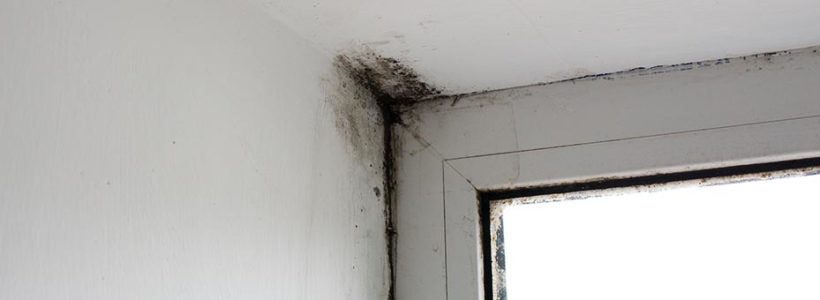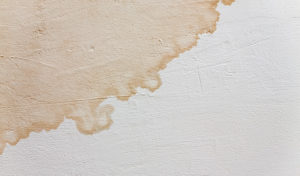Wall Leak Spotting and Address - A Thorough Step-by-step
Wall Leak Spotting and Address - A Thorough Step-by-step
Blog Article
On this page down the page you can locate a bunch of reliable insight in regards to Water Stains on Walls.

Water spots on wall surfaces are not pleasurable to the eyes. Your home should lack spots on the walls, roof, or floorings. That is the excellent state of a house and its structures. In some cases it seems almost inevitable to experience water discolorations on wall surfaces in homes.
House owners living in moist regions regularly deal with the worry of water stains on walls. With accurate and also all-round information on the reasons of water spots and timely repair work procedures, you will certainly always be a step in advance of such incidents.
3 Common Sources Of Water Spots on Walls
Unlike popular belief, water stains on walls do not always originate from inadequate building materials. There are numerous causes of water spots on wall surfaces. These include:
Poor Drain
When making a structure strategy, it is essential to make sure ample drainage. This will stop water from leaking right into the wall surfaces. Where the water drainage system is clogged or missing, underground wetness builds up. This web links to too much wetness that you see on the walls of your building.
The leading reason of wet wall surfaces, in this case, can be an inadequate drainage system. It can additionally be because of poor monitoring of sewage pipelines that run through the structure.
Moist
When hot damp air meets with completely dry chilly air, it causes water beads to form on the wall surfaces of buildings. This takes place in kitchens and bathrooms when there is heavy steam from food preparation or showers. The water droplets can discolor the bordering walls in these parts of your home and also spread to other locations.
Wet or condensation affects the roofing system and also walls of structures. This creates them to show up darker than other areas of the residence. When the wall is wet, it creates an ideal setting for the growth of microbes and also fungi. These might have unfavorable effects on health and wellness, such as allergies and also respiratory problems.
Pipe Leaks
Most residences have a network of water pipes within the wall surfaces. This guarantees that the pipelines are well away from the reach of harmful rodents. It always raises the practicality of such pipelines, as there is little oxygen within the wall surfaces. This dissuades corrosion.
Yet, a drawback to this is that water leakage influences the wall surfaces of the structure and causes widespread damage. An indicator of malfunctioning pipes is the appearance of a water tarnish on the wall surface.
Water Stains on Wall Surface: Repair Service Tips
Home owners would typically want a quick fix when managing water spots. Yet, they would quickly realize this is detrimental as the water stains recur. So, below are a few handy ideas that will certainly direct you in the repair service of water discolorations on walls:
Pro Tip
A houseplant in your home also enhances its humidity. If the residence is currently damp, you may desire to present houseplants with marginal transpiration. An instance of appropriate houseplants is succulents.
Final thought
No one wants to have water discolorations on wall surfaces in their residence, it can happen to the finest of us. This post gives you leverage, as you now recognize just how to manage this incident if it does occur.
It is always best to recruit specialist solutions to help deal with the damages in your house.
Sometimes it seems nearly inevitable to experience water spots on wall surfaces in residences.
Contrary to popular belief, water spots on wall surfaces do not constantly stem from inadequate structure products. There are numerous causes of water spots on walls. The water droplets can tarnish the bordering wall surfaces in these components of your house as well as spread to various other locations.
Here are a couple of helpful ideas that will direct you in the fixing of water stains on walls:
CHECKING FOR WATER DAMAGE
Water damage can be costly, and it may begin before you even notice the first signs of trouble. Water damage can cause mold and mildew in your walls and floors, which can create an abundance of health concerns for your family. It can also lead to costly repairs of various appliances and general home fixtures. To avoid the pricey consequences of water damage, here are Warner Service’s top 5 places you should check:
The walls – The easiest place to spot the beginnings of water damage is on the walls and ceilings of your home. If water damage is present, there will most likely be water stains, especially around the windows and doorframes, and/or cracks in the drywall. If a stain looks unusual (discolored to brown, black or gray, raised texture), has a swollen appearance or is soft to the touch, contact a professional immediately. The pipes – To avoid water damage, consistently check the pipes in your kitchen (especially the dishwasher and ice maker), bathrooms, laundry room (specifically washing machines) and basement for corrosion, leaks and water stains. Pay special attention to where the pipes connect in your home and the location of caulking around the bathroom fixtures, including toilets, sinks, showers and tubs. Missing or loose caulking and grout could be signs of leaking water. This seepage can also quickly cause mold and rust, so double check your water heater and tank for wet spots on the floor. The floor – Water damage is very easy to spot on the floor. Look for any warping or buckling of the material, especially in the basement. If your home has wood flooring, look for bright white or dark stains. If your home has carpeting, keep it dry and clean. A damp carpet that smells of mold could cause water damage and health problems. To avoid this, consider installing floor pans under your appliances to help prevent damages from small, slow and undetected leaks. The basement and attic – If your basement or attic smells odd check for mold and mildew around the area, especially the valley where the roof meets. While you are inspecting those areas, check for wall cracks, floor stains, rust and dampness in the insulation. If you live in a colder and/or rainier climate, perform routine checks for water damage from melting snow or ice and rain. The exterior – Check the roof for damaged flashing and missing, cracked or curled shingles. There should also be no standing water anywhere outside your home. This could be caused by puddles, leaky rain gutters or hoses, poor drainage, or short gutter spouts. Invest in a sump pump system or water flow monitoring system, and perform routine maintenance on these outdoor appliances to avoid indoor water damage.

Do you appreciate reading about Indicators of Water Damage Behind Walls? Leave a review below. We will be glad to see your thoughts about this post. In hopes that you visit us again in the future. So long as you appreciated our article if you please be sure to share it. Thanks for your time. Come back soon.
Book With Us Today! Report this page